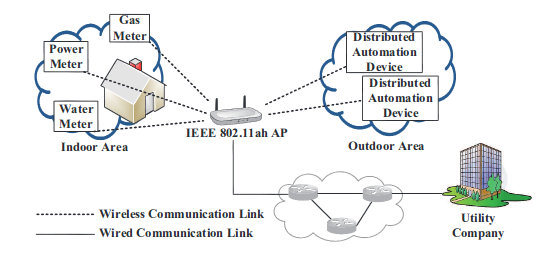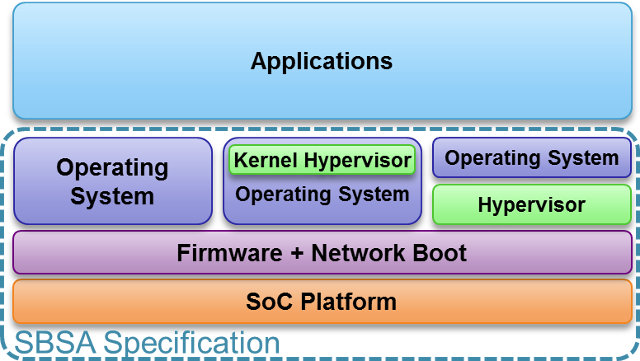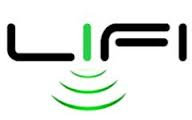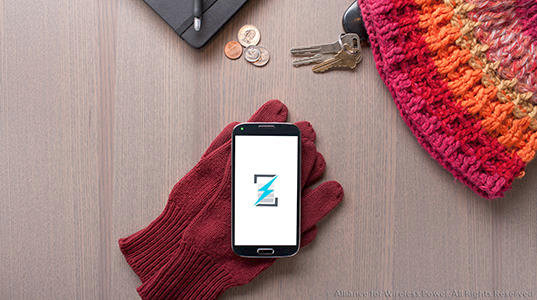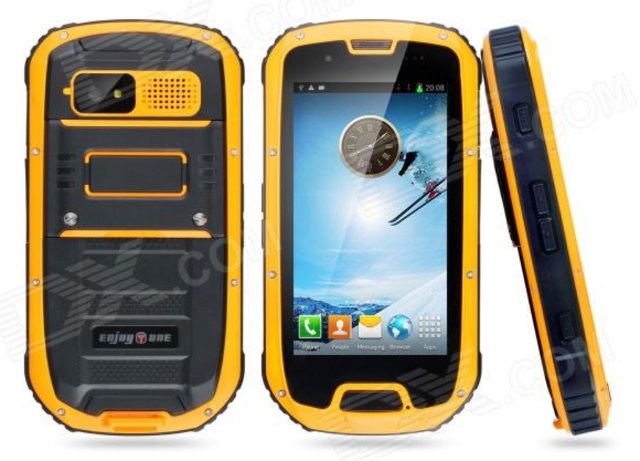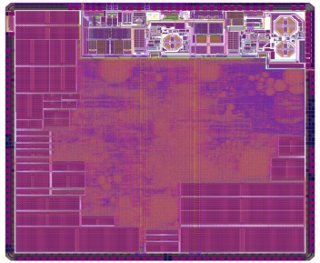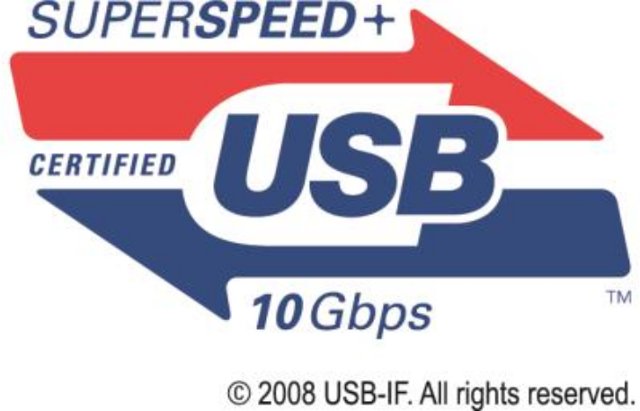Most devices now feature Wi-Fi modules capable of handling 802.11 b/g/n at 2.4 Ghz (and 5 GHz for dual band Wi-Fi), and newer devices and routers boast 802.11ac connectivity @ 5GHz with increased bandwidth (up to 1.2 Gbit/s in theory, maybe around 400 Mbit/s in practive), and in some case increased range with beam-forming. But thanks to an article on EETimes, I’ve learned there’s another upcoming Wi-Fi standard called 802.11ah operating in the 900MHz range, with data rates from 150 Kbit/s with a 1 MHz band to as much as 40 Mbit/s over an 8 MHz band, lower power consumption, and a least double of the range of a typical 802.11n device,capable of covering an area of about 1 km2. The target applications are sensors networks, backhaul networks for sensor and meter, and extended range Wi-Fi, as the standard allows long range and more clients at low bitrates. This new […]
ARM Unveils Server Base System Architecture Specification (SBSA) to Standardize ARM based Servers
64-bit ARM based servers should hit the market later this year or earlier in 2015 with SoCs such as Applied Micro X-Gene or AMD Opteron A1100. ARM still has the lead in terms of efficiency with a lower dollar per watt ratio, but Intel is closing in with their new Avoton server-on-chips. However, there’s one aspect where Intel is clearly in the lead: standardization and compatibility. ARM is very flexible, and allow SoC designers to create more or less what they want, but it comes at the cost that most ARM based systems are not capable of running mainline Linux, and instead use vendor trees. With many applications, that may not be critical, but when it comes to data-centers, companies want to be able to run the latest Linux version with the latest security patches as soon as possible, and want to lower the total cost of ownership (TCO), so […]
OLEDCOMM LiFi System Transforms Your LED Light Bulbs into Wireless Access Points
Oledcomm, a French startup, has designed a system based on LiFi, part of IEEE 802.15 standard, that quickly modulates your existing LED lights and deliver wireless networks in a similar manner as Wi-Fi, and delivers up to 1Gbit/s bandwidth. The modulation is fast enough so that it’s invisible to the human eye, and all your need is a LiFi enabled router that will power and transmit data to your LED lights, as well as device with a LiFi receiver, such as a LiFi enabled smartphone. Transmission is somehow bidirectional. Charbax filmed a demo by the company at CES 2014, and he seems to be in a state of disbelief during the interview, just as I did. The company did not want to provide technical details, as they are still looking for investors, but this appears to be real. In the video, they mention up to 10MB/s throughput, lower than the […]
Rezence Wireless Charging Standard Gets Rid off Charging Pads, Leverages Bluetooth 4.0 LE
I’ve just found out via my twitter feed that Nordic Semiconductor had announced the availability of the Bluetooth LE-based S120 8-link central protocol stack and nRF51 Wireless Charging SDK for wireless charging applications based on a new wireless charging standard called Rezence. The Alliance for Wireless Power (A4WP) gave their wireless power technology the name Rezence a couple of weeks ago. Rezence uses magnetic resonance, instead of inductance used in first generation products, and bring several key improvements: Greater charging range – Your device does not need to be placed on a charging pad, but it can be placed anywhere within range (I could not find data yet). Multiple device charging – Ability to charge multiple devices with different power requirements at the same time, such as smartphones, tablets, laptops and Bluetooth headsets. Up to 8 devices with Nordic Semi solutions mentioned in the introduction. Ready for the real world […]
Low Cost Rugged, Waterproof and Dustproof Smartphones Powered by Mediatek Processors
If you need a truly waterproof and dustproof smartphone, the Samsung Galaxy S4 Active, compliant with IP67 standard, is probably the most popular phone with this particular feature. However, the phone sells for nearly $600 on site like Amazon, and it may be nice to have some lower cost options. Today, I’ve come across two smartphones powered by Mediatek dual and quad core SoC that are both compliant with IP67 standard, and although their specs do not match the Galaxy S4 Active, the features found in these phones are still pretty good, and they can be purchased at a much lower price. The smartphones I’ll feature in this post are also rugged, which is not really the case for the Samsung device. IP67 standard? What does that mean in practice? The IP Code, Ingress Protection Rating, aka International Protection Rating, classifies and rates the degree of protection provided against the […]
SD Association Announces Ultra High Speed (UHS) Speed Class 3 for 4K2K Video Recording
SD card are not the fastest storage devices, but they are usually good enough for the job. One of the main use case is storage for video cameras, but with devices supporting 4K2K (2160p) recording they are close to their minimum limits. That’s why the SD association announced Ultra High Speed (UHS) Speed Class 3 (U3), which provides at least 30 MB/s write speed. The updated SD card speed classes are shown in the table below. Marks Operable Under Applications SD Memory Card Speed Class High Speed Bus I/F Full HD video recording HD still consecutive recording SD, miniSD, microSD SDHC, miniSDHC, microSDHC SDXC, microSDXC Normal Bus I/F HD ~ Full HD video recording SD video recording UHS Speed Class UHS-I Bus I/F UHS-II Bus I/F Full higher potential of recording real-time broadcasts and capturing large-size HD videos (UHS Speed Class1 denotes a 10 MB/s minimum write speed) SDHC […]
Weightless Roadmap – Silicon, Modules, SDKs, Base Stations and Networks
The Weightless Standard aims at using the “white space” spectrum, previously used by analog TV broadcasts, for free M2M / IoT communication coupled with low power and cost-efficient hardware offering a range of over 10 km. Longer term the target is to reach $2 hardware cost, and $2 yearly servicing costs. Companies involved with Weightless include Neul, ARM, CSR and Freescale among others. You can read my previous post about Weightless for a longer overview. The Weightless Special Interest Group (SIG) has recently revealed the hardware roadmap for the new standard, which I’ll summarize below. Weightless Chip Neul Iceni, the first weightless silicon, was officially announced in February 2013. The latest version of the chip taped in May 2013 integrates UHF radio operating between 410 and 790 MHz supporting both TV white space and narrowband operation. It is suitable for low volume production applications. A third generation will be taped […]
USB 3.1 Specifications Published, Supports Speeds Up to 10 Gbps
USB 3.0 specifications has been introduced in 2008 with support for up to 5Gbps bandwidth. Although, my PC has two USB 3.0 ports, I’m still very much living in a USB 2.0 world, as I’ve yet to use USB 3.0 peripherals… But progress never stops, and the USB 3.0 Promoter Group just approved the new USB 3.1 specification (PDF file) which can support data speeds up to 10 Gbps. So after Full Speed (12 Mbps, USB 1.1), High Speed (480 Mbps, USB 2.0), SuperSpeed (5Gbps, USB 3.0), we’ve now got SuperSpeed 10Gpbs (SUPERSPEED+) with USB 3.1. The standard is backwards compatible with USB 3.0 and USB 2.0, but apparently not USB 1.1. It will also allow for up to 100W to be sent through a USB cable. If you are a developer, three developer conferences are planned in order to provide technical details about USB 3.1: USB 3.1 Developers Day […]


